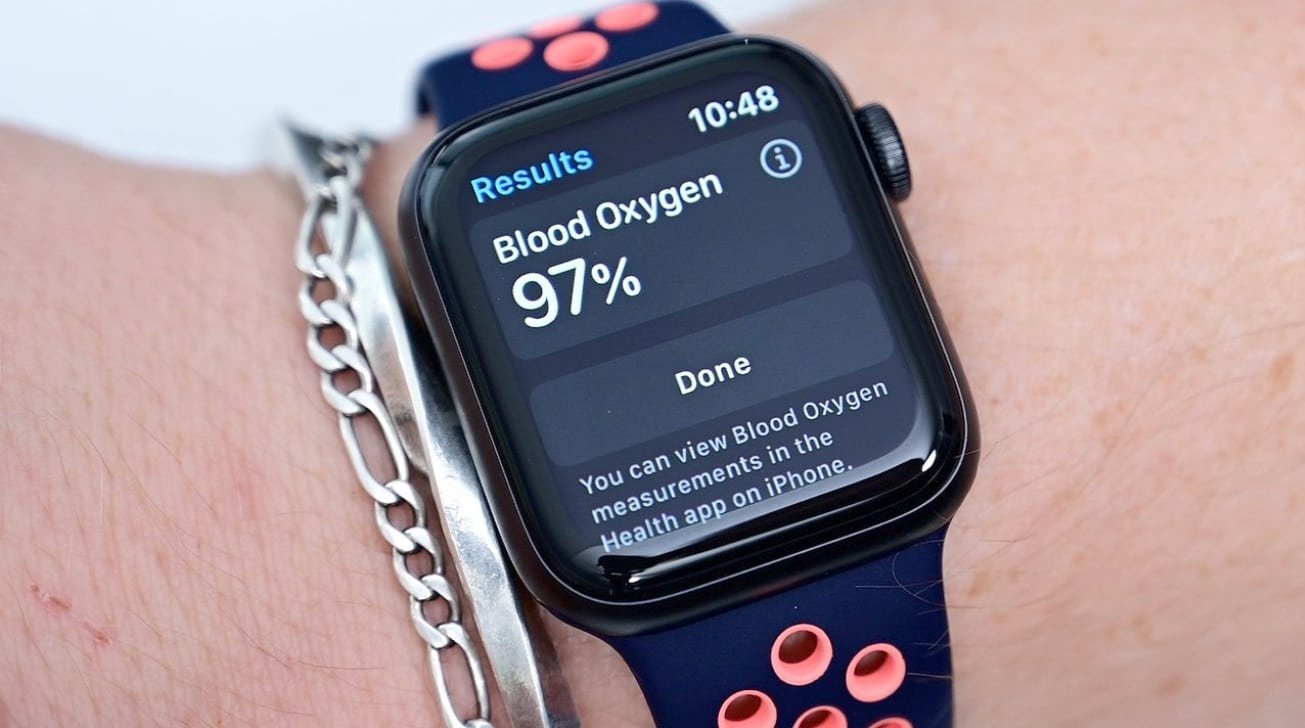Apple Watch racial bias lawsuit dismissed with prejudice
An attempted class-action lawsuit claiming the Apple Watch blood oxygen sensor is racially biased against dark skin tones was dismissed with prejudice on Monday.

In December 2022, a proposed class action lawsuit was filed by Alex Morales after buying an Apple Watch, one that made claims that the device was "less accurate in measuring blood oxygen levels based on skin color," and that therefore there was a "racial bias."
On Monday, U.S. District Judge Jed Rakoff in Manhattan dismissed the class action with prejudice, reports Reuters, which effectively means the lawsuit cannot be attempted again. Reasoning for the dismissal will be issued by the court by August 31.
The original lawsuit leaned on the decades of reports that blood oxygen sensors like those employed by the Apple Watch were sensitive to skin tones. The suit also pointed to claims by researchers that "confirmed the clinical significance of racial bias of pulse oximetry using records of patients taken during and before the pandemic."
It was therefore reasoned in the suit that "reliance on pulse oximetry to triage patients and adjust supplemental oxygen levels may place Black patients at increased risk for hypoxemia."
In an amendment filed in May, the suit added citations for reports of similar pulse oximetry devices over the last few decades, which said the sensors were "significantly less accurate" for measuring non-white people's pulses.
Morales added that the impact of the bias wasn't addressed until the "greater awareness of structural racism" in society was raised during the pandemic.
The suit also made accusations of breaches of express warranty, fraud, and unjust enrichment, claiming violations of New York General Business Law and State Consumer Fraud Acts.
Apple argued that Morales didn't make allegations supporting the fraud claim, nor did he demonstrate that he was exposed to misleading information before his Apple Watch purchase.
Apple is well aware of complaints relating to the Apple Watch's heart sensor performance when it comes to pigments in the skin, confirming it to be a problem in May 2015 for people who got black wrist tattoos.
Read on AppleInsider

Comments
The article says the reason the suit was dismissed is not yet available. The rest of the article paints a picture of a suit filed on the basis of other pulse oximeter devices, rather than specifically the performance of the Apple Watch. One might imagine this would significantly weaken any claims, if it's not the primary reason for the dismissal. Seems a bit much to sue a company based on the performance of other companies' devices.
I've had robust discussions online with people arguing that a Garmin Fenix is inaccurate because it was reading 96% (it's either wrong or I have an illness), well that depends, but it's well within normal ranges. I get to play with some pretty fancy, expensive and calibrated pulse oximeters and my Garmin matched those devices at a single point in time under ideal conditions.
Would I use a Watch Pulse-Oximeter to look for illness? NOPE.
Would I use a cheap pulse oximeter from the pharmacy? NOPE! These are also not calibrated and have much worse resolution than FDA (or equivalent) certified/ calibrated devices. The medical world uses Masimo Pulse Oximetry for a reason....both of the below devices - the Corpuls 3 and the Lifepak 15 also use Masimo plus oximetery, and the vast majority of other medical grade combined-divices use Masimo as the provider for pulse oximetry.
Masimo have their Rainbow SET technology which is significantly better than competing technology on pigmented skin, low oxygen states, low blood perfusion states, critically unwell patients, those with high or low heart rates, dysrhythmias, low temperatures etc, etc. The difference is, their fingertip version similar to what you can buy in the pharmacy is approx $600. Just because they look the same, doesn't mean they work the same or output quality data.
"But my $10 fingertip pulse oximeter works just fine" - Much like a broken clock can be right twice a day. The average Joe has no idea if the reading is right or not...just that they like what it says, or they don't. We live in an interesting world where people think their feelings override quantifiable data.
Studies: https://www.masimo.com/evidence/pulse-oximetry/set/
Seeing as though we're discussing the Apple Watch specifically, a simple google search can answer the question: https://www.apple.com/healthcare/docs/site/Blood_Oxygen_app_on_Apple_Watch_October_2022.pdf